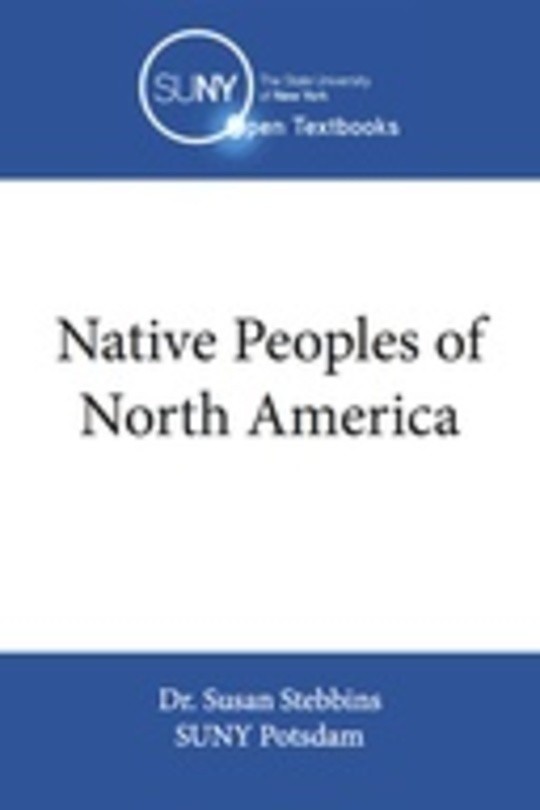
Cold War Anthropology
Free
Description
Contents
Reviews
Language
English
ISBN
Unknown
Cover
Contents
Preface
Acknowledgments
Abbreviations
Part I: Cold War Political-Economic Disciplinary Formations
One: Political Economy and History of American Cold War Intelligence
Two: World War II’s Long Shadow
Three: Rebooting Professional Anthropology in the Postwar World
Four: After the Shooting War: Centers, Committees, Seminars, and Other Cold War Projects
Five: Anthropologists and State: Aid, Debt, and Other Cold War Weapons of the Strong
Intermezzo
Part II: Anthropologists’ Articulations with the National Security State
Six: Cold War Anthropologists at the CIA: Careers Confirmed and Suspected
Seven: How CIA Funding Fronts Shaped Anthropological Research
Eight: Unwitting CIA Anthropologist Collaborators: MK-Ultra, Human Ecology, and Buying a Piece of Anthropology
Nine: Cold War Fieldwork within the Intelligence Universe
Ten: Cold War Anthropological Counterinsurgency Dreams
Eleven: The AAA Confronts Military and Intelligence Uses of Disciplinary Knowledge
Twelve: Anthropologically Informed Counterinsurgency in Southeast Asia
Thirteen: Anthropologists for Radical Political Action and Revolution within the AAA
Fourteen: Untangling Open Secrets, Hidden Histories, Outrage Denied, and Recurrent Dual Use Themes
Notes
References
Index
A
B
C
D
E
F
G
H
I
J
K
L
M
N
O
P
R
S
T
U
V
W
Y
Z
The book hasn't received reviews yet.











